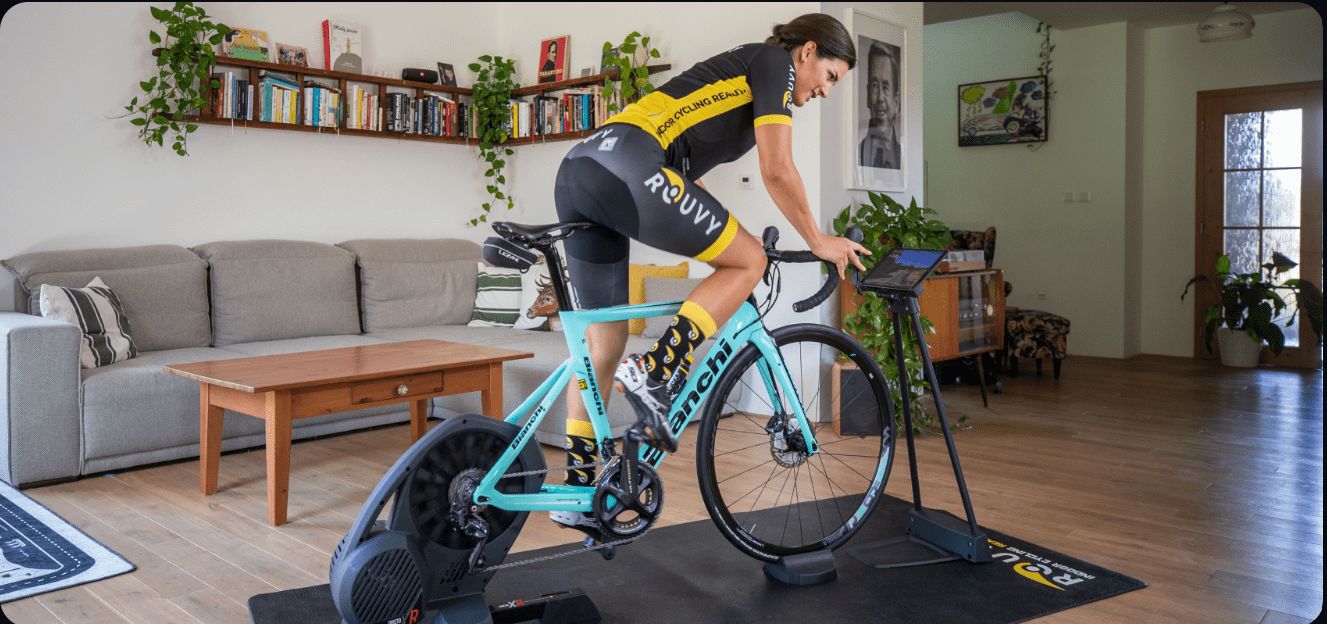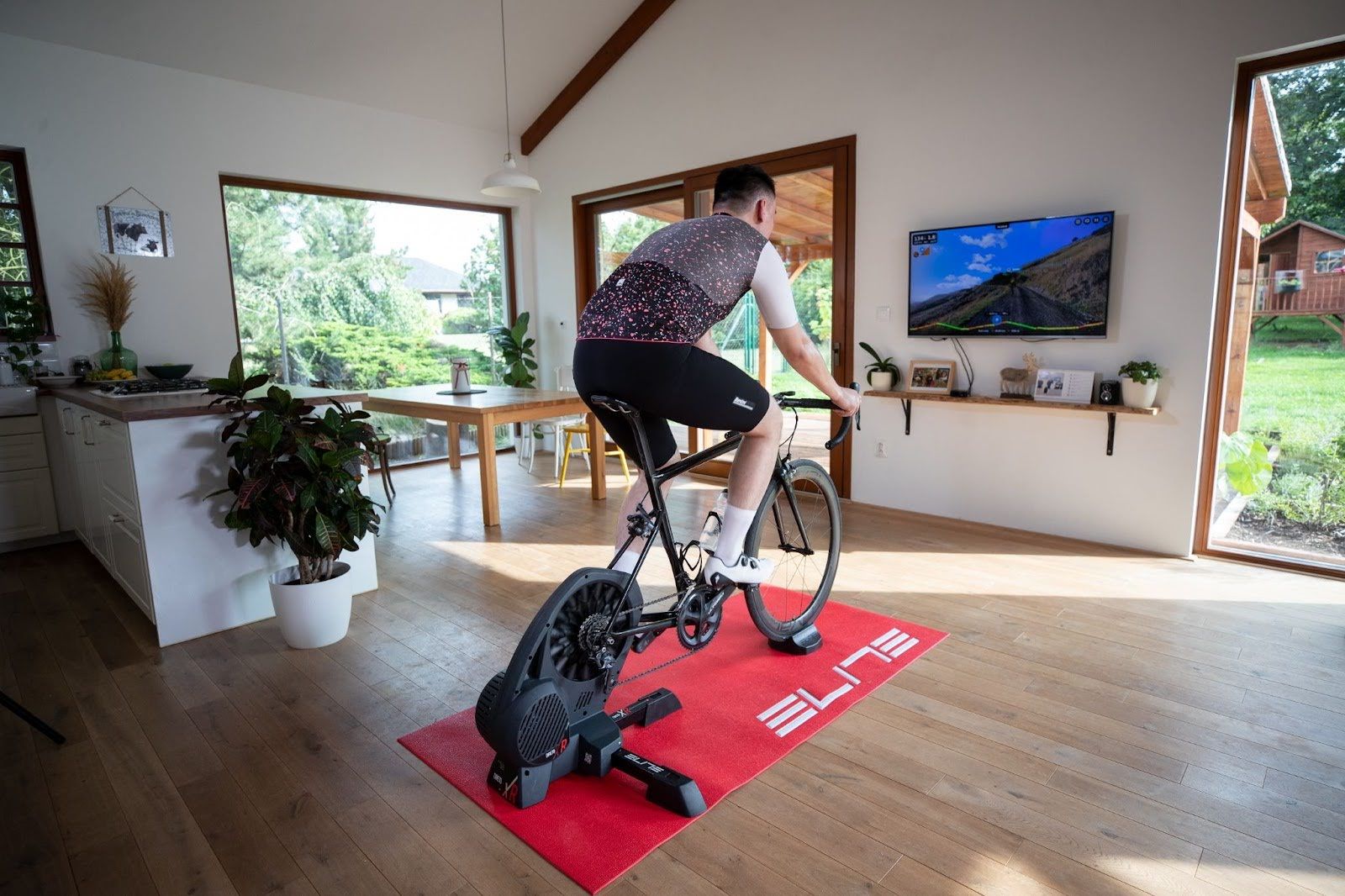
Choosing the right bike helmet isn’t just about style - it’s a decision that can literally save your life. Whether you’re commuting daily through city traffic, tackling tough mountain trails, cruising weekend rides or competing in triathlons, the helmet you choose affects your entire ride. A helmet not only protects you from serious injuries but also affects your comfort, and aids in visibility and aerodynamic performance.
With so many technological advancements and so many options in 2025, choosing the right one can be overwhelming. This guide simplifies the process by looking at helmet safety standards, comparing features across entry-level, mid-range and high-end models and top helmets in each cycling discipline. From understanding the critical certifications to ensuring a perfect fit, proper ventilation and advanced smart features, this article has you covered when it’s time to choose the best bike helmet for your riding style, safety needs and budget.
Types of bike helmets and their uses
Bike helmets aren’t one size fits all; they’re designed for specific disciplines and riding conditions.
Road Helmets: For high speed and endurance cycling, road helmets are all about aerodynamics and light weight. They have loads of ventilation channels to keep you cool on long, intense rides. Sleek profiles and minimalist designs mean performance without compromise on safety, perfect for racing, group rides or long distance touring.
Mountain Helmets: For rough terrain and technical trails, mountain bike helmets have extra rear and side protection compared to road helmets. They have a sturdy visor to shield you from branches, dirt and sunlight. Robust shells and adjustable-fit systems mean security and comfort on technical rides, descents and jumps.
Aero Helmets: For competitive scenarios like time trials and triathlons, aero helmets are all about reducing wind resistance and drag. Their shapes are designed to optimize airflow over and around the helmet, which can provide a big performance boost for racing. Ventilation may be minimal, prioritizing speed and aerodynamic efficiency over cooling, for shorter, more intense racing efforts.
Commuter & Urban Helmets: Practical and stylish, commuter helmets are for daily urban use. They often have integrated features such as LED lights, reflective elements and weather-protection accessories to increase visibility and safety in city traffic. Comfortable padding, casual styling and robust construction make them perfect for daily commuting and recreational urban cycling.
Full-Face Helmets: For extreme riding disciplines like downhill mountain biking, BMX racing and freeriding, these provide full facial protection with reinforced chin guards and thicker shells. Maximum safety in high impact crashes and jumps, interior padding for a secure, comfortable fit even in extreme conditions.
Kids Helmets: Designed for young riders, kids helmets are all about safety, comfort and ease of use. They have bright colours and fun designs to encourage helmet use. Adjustable sizing systems and extra padding for a secure fit, and increased visibility features for safety on family rides or solo adventures.
Understanding bike helmet safety standards
So what makes a helmet safe? Mainly it’s the tech and certifications behind it. Helmets today have advanced systems like MIPS (Multi-directional Impact Protection System) which reduces rotational forces in impacts. MIPS technology has a low friction layer inside the helmet that allows it to rotate slightly in angled impacts and reduces the rotational forces to the brain. Another technology, POC’s SPIN (which stands for Shearing Pad INside), involves silicone pads that move independently and absorb rotational impact forces. WaveCel technology from Bontrager, meanwhile, has a collapsible cellular structure that flexes, crumples and glides on impact to absorb energy and reduce injury risk.
Naturally, bike helmets need to meet safety certifications. Among the most common are the CPSC (Consumer Product Safety Commission) standard used in the U.S., which ensures helmets meet specific impact-protection criteria. In Europe, CE certification – which covers extensive impact and retention tests – is mandatory. ASTM certifications are for BMX and downhill helmets and require rigorous testing to ensure maximum protection against extreme impacts. Snell certification is the strictest and involves detailed and repeated testing to ensure the highest level of protection (Snell certification is usually applied to high-end bike helmets and even motorcycle helmets). Always make sure your helmet meets at least one of these safety standards as a minimum to get maximum protection and peace of mind when you’re out on the road or trail.







